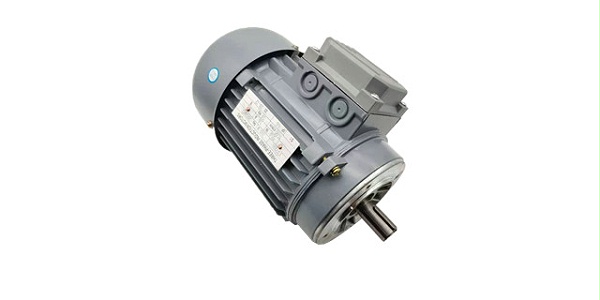

In the production process, we often need to take some measures to makeThree-phase asynchronous motorStopping as soon as possible, or running from a high speed to a low speed, or limiting the potential energy load to run stably at a certain speed, can be achieved by mechanical braking and electromagnetic braking.
Today we first talk about reverse braking, which belongs to a braking method of the motor, and plays a blocking role through the reverse phase sequence;

1.Reverse braking means that the power supply is reversed, the rotating magnetic field is reversed, the direction of the rotor winding cutting magnetic field is opposite to the motor state, the braking effect, when the speed is reduced to close to zero, immediately cut off the power supply to avoid motor reversal.
2.The advantages of reverse braking are strong braking force, rapid stop, no DC power supply;
3.The disadvantage of reverse braking is that the braking process has a large impact and a large power consumption.
4.Resistance backpull reverse braking refers to the winding asynchronous motor lifting heavy objects without changing the wiring of the power supply, if the resistance of the rotor circuit continues to increase, the rotor current of the motor decreases, electromagnetic torque decreases, and the speed continues to decline, when the resistance reaches a certain value, the speed is0If the resistance is increased, the motor reverses. The disadvantage is that the energy loss is too large.
The above content is composed ofThree-phase asynchronous motor manufacturers,Mori machineProvided. Available if needed1688Search "Shengzhou Chaoli Electric Appliance Factory", or contact us directly0575-8378-1127.